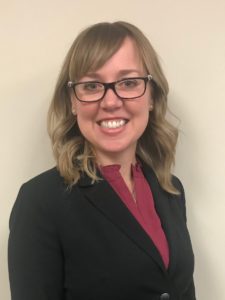It’s no secret: It costs more to live in the big cities on both U.S. coasts. But it’s good to take a look at the numbers that actually back that up. In this case, that’s RPP – or regional price parity.
The index sets the national average cost of goods and services at 100. An RPP of 122 in the New York metro area, for example, means the city and its suburbs are about 22% more expensive than the national average. On the other end of the scale, the RPP of 80 in Danville, Illinois places it among the least expensive metro areas.
Based on 2016 personal income and cost of living data from the Bureau of Economic Analysis, here are the respective top 10 lists:
Most Expensive Metro Areas
- San Jose-Sunnyvale-Santa Clara, California: 127.1
- Santa Cruz-Watsonville, California: 124.8
- San Francisco-Oakland-Hayward, California: 124.7
- Honolulu, Hawaii: 124.4
- New York-Newark-Jersey City: 122.0
- Napa, California: 121.9
- Santa Rosa, California: 121.0
- Bridgeport-Stamford-Norwalk, Connecticut: 120.1
- Washington-Arlington-Alexandria: 119.1
- Los Angeles-Long Beach-Anaheim, California: 117.7

Least Expensive Metro Areas
- Beckley, West Virginia: 78.8
- Morristown, Tennessee: 79.5
- Danville, Illinois: 80.4
- Valdosta, Georgia: 80.9
- Rome, Georgia: 81.1
- Jonesboro, Arkansas: 81.8
- Hattiesburg, Mississippi: 82.1
- Jackson, Tennessee: 82.1
- Jefferson City, Missouri: 82.2
- Sebring, Florida: 82.6







 The Court also addressed the widely-held notion that this issue needed to be resolved by Congress. The Court responded to that saying, “It is inconsistent with this Court’s proper role to ask Congress to address a false constitutional premise of this Court’s own creation.” In other words, the Court created this dilemma, if you will, with the Quill case and determined it needed to be the one to then provide a remedy.
The Court also addressed the widely-held notion that this issue needed to be resolved by Congress. The Court responded to that saying, “It is inconsistent with this Court’s proper role to ask Congress to address a false constitutional premise of this Court’s own creation.” In other words, the Court created this dilemma, if you will, with the Quill case and determined it needed to be the one to then provide a remedy.


